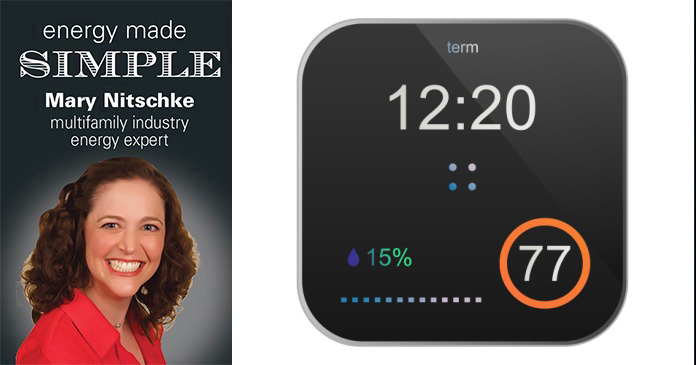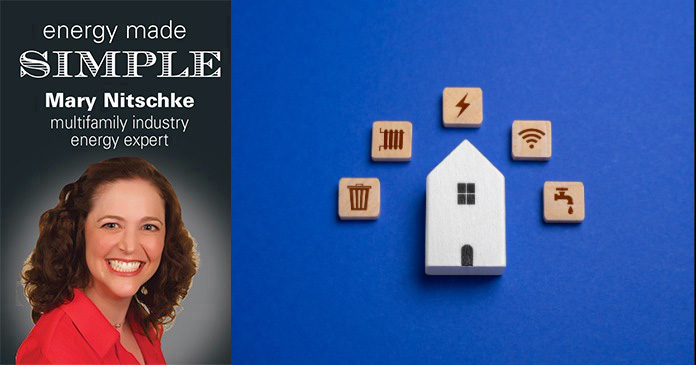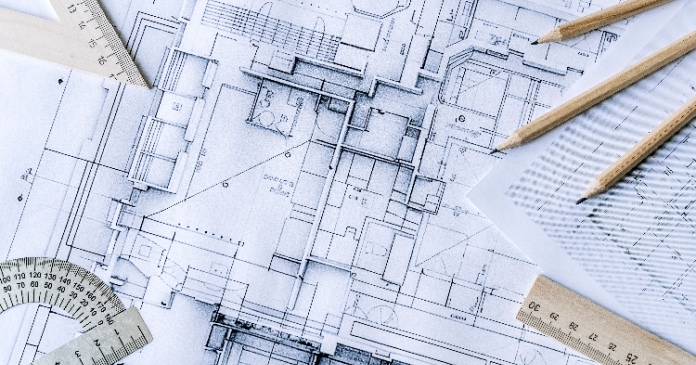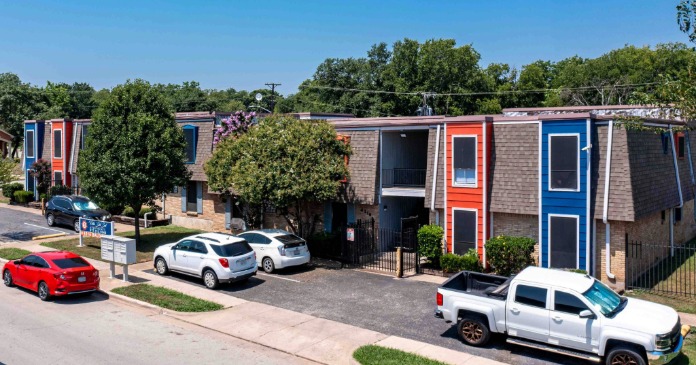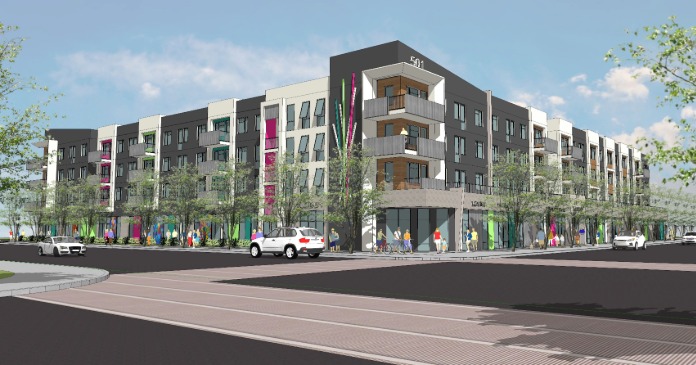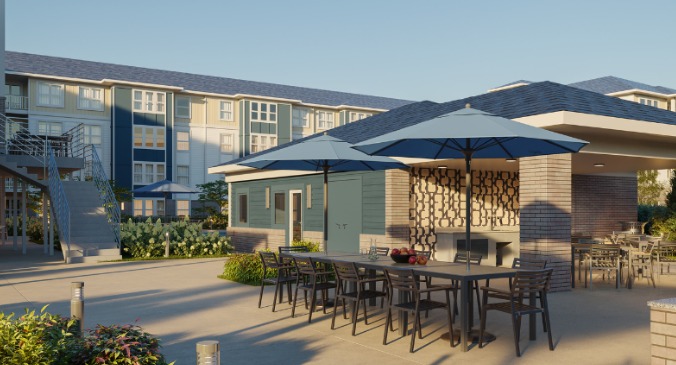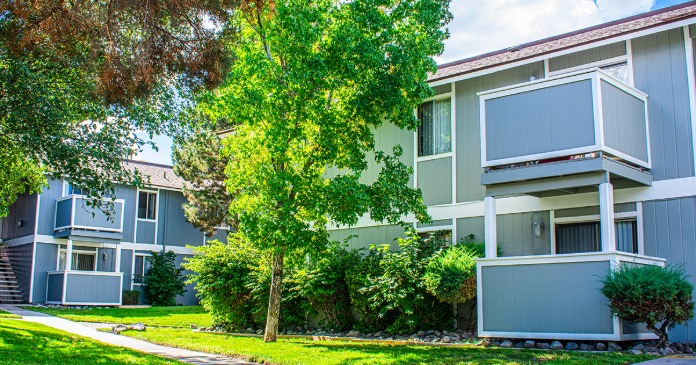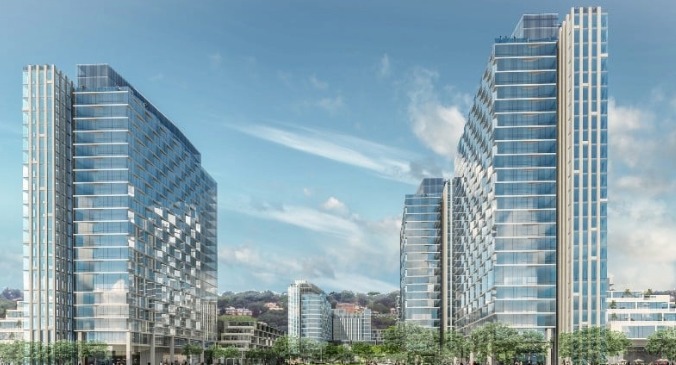I once counted how many thermostats there were in the common areas of a three-building midrise property to see if there were ways we could optimize our energy usage. It turned out that that property had twenty. None of them were smart and all of them required manual adjustment. I think that the adage that “The shoemaker’s children have no shoes” can be applied to multifamily with respect to smart thermostats. We frequently focus heavily on these devices for our units but fail to consider the benefits of these simple proptech devices for our own expenses.
Common area energy usage is typically owner paid and excluded from a bill back program. Understanding and controlling energy is paramount to responsibly managing ownership costs. In a podium style multifamily building, 50 percent of all energy usage can be attributed to HVAC. This is where smart thermostats emerge as a powerful tool to drive efficiency and savings.
Traditional thermostats in multifamily common areas are often manually set to rigid schedules, heating, or cooling spaces even when they are empty or during off-peak hours. These “dumb” thermostats must be manually changed with the season (imagine how easy it would be to miss one in a building with twenty thermostats). Smart thermostats, however, leverage a host of advanced features designed to ensure your HVAC system is only working when and where it is truly needed:
- Occupancy-Based Control: This is perhaps the most impactful feature for common areas. Smart thermostats can integrate with occupancy sensors (passive infrared (PIR), motion, or even CO2 sensors in high-traffic areas) to detect when a common space is being used. When no one is present – for instance, a gym late at night or a clubhouse during working hours – the thermostat can automatically set back temperatures to an energy-saving mode, preventing unnecessary heating or cooling of empty spaces.
- Intelligent Scheduling & Remote Management: Forget manually adjusting thermostats across multiple common areas or even different buildings within a property. With a smart thermostat system and its accompanying web-based platform or mobile app, property managers, maintenance supervisors or centralized HVAC teams can easily create detailed schedules that align with typical usage patterns, building hours, or amenity booking times. Adjustments can be made remotely from anywhere, ensuring optimal comfort for residents and staff without wasted energy. Many of these systems have integrations into PMS Systems making it even more effortless for the user to manage everything from a desktop.
- Learning Algorithms & Predictive Control: Some advanced systems can learn the unique heating and cooling characteristics of different common areas, adapting to factors like direct sunlight in a lobby or high traffic in an elevator bank. They can also use predictive algorithms, factoring in future weather forecasts to pre-heat or pre-cool spaces more efficiently before peak resident usage times.
- Multi-Zone Management: Multifamily common areas often have diverse heating and cooling needs across different spaces (e.g., a bustling lobby vs. a rarely used meeting room). Smart thermostat systems are designed to manage multiple zones independently, optimizing comfort and energy use in each specific area, preventing the “one-size-fits-all” waste. This can also be beneficial in areas of your property; the amount of precooling needed to make your access points comfortable is probably more than what you need for a small conference room or co-workspace.
The real question for property owners and managers is, “How much can we actually save?” While the exact percentage will vary based on factors like the building’s age, insulation, climate, existing HVAC system efficiency, specific common area usage, and utility rates, smart thermostats consistently show significant savings in multifamily common areas. While specific percentages can vary widely, deployments of smart thermostat systems in common areas often report HVAC energy savings ranging from 15% to 40% or more. For a large multifamily property, these percentage savings can translate into thousands to tens of thousands of dollars annually in reduced operational expenses.
Smart thermostats are more than just a convenient amenity; they are powerful tools for energy efficiency in multifamily common areas, offering a blend of control, convenience, data-driven insights and significant operational cost reductions. If you are looking to enable your teams to really improve your NOI, a smart thermostat solution is an excellent place to start.


